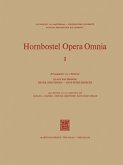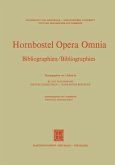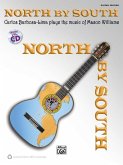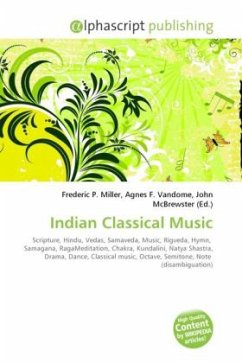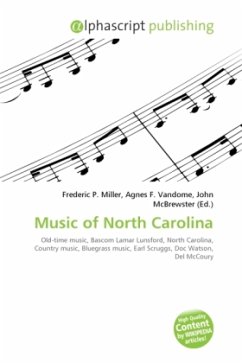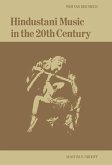This book describes how state of the art computer
music technology can be used to
digitize, analyze, preserve and extend North Indian
classical music performance. Custom built
controllers, influenced by the Human Computer
Interaction community, serve as new interfaces to
gather musical gestures from a performing artist.
Designs on how to modify a Tabla, Dholak, and Sitar
with sensors and electronics are described.
Experiments using wearable sensors to capture
ancillary gestures of a human performer are also
included. A twelve-armed solenoid-based robotic
drummer was built to perform on a variety of
traditional percussion instruments from around India.
The book also describes experimentation on
interfacing a human sitar performer with the robotic
drummer. Experiments include automatic tempo
tracking, rhythmic accompaniment methods and digital
transcription techniques. This work draws on
knowledge from many disciplines including: music,
computer science, electrical engineering, mechanical
engineering and psychology. The goal is to set a
paradigm on how to use technology to aid in the
preservation of traditional art and culture.
music technology can be used to
digitize, analyze, preserve and extend North Indian
classical music performance. Custom built
controllers, influenced by the Human Computer
Interaction community, serve as new interfaces to
gather musical gestures from a performing artist.
Designs on how to modify a Tabla, Dholak, and Sitar
with sensors and electronics are described.
Experiments using wearable sensors to capture
ancillary gestures of a human performer are also
included. A twelve-armed solenoid-based robotic
drummer was built to perform on a variety of
traditional percussion instruments from around India.
The book also describes experimentation on
interfacing a human sitar performer with the robotic
drummer. Experiments include automatic tempo
tracking, rhythmic accompaniment methods and digital
transcription techniques. This work draws on
knowledge from many disciplines including: music,
computer science, electrical engineering, mechanical
engineering and psychology. The goal is to set a
paradigm on how to use technology to aid in the
preservation of traditional art and culture.


